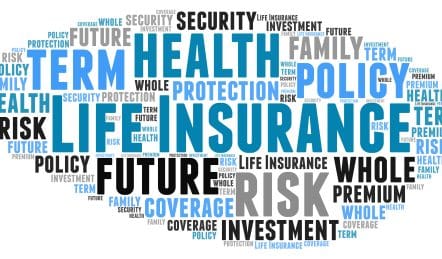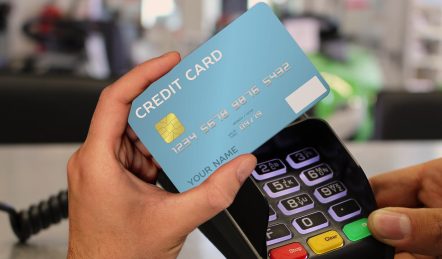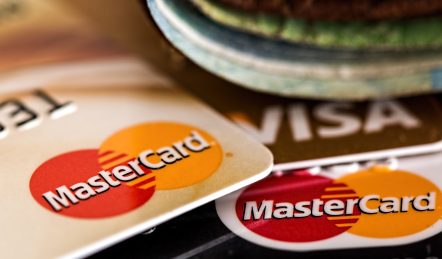Here are some alternatives to the PPP loan scheme that small business owners can consider taking advantage of.

In response to the COVID-19 pandemic and the challenges it posed to small businesses across the United States, the federal government introduced the Paycheck Protection Program (PPP), a $953 billion loan program aimed at assisting these businesses. The primary objective of this program was to provide financial aid to help businesses sustain the payroll of their employees.
Regrettably, the Paycheck Protection Program (PPP) has ceased on May 31, 2021, leaving several small business owners seeking alternative financing options. However, it’s crucial to note that there are various viable financing alternatives in 2021. This article will explore some of these options.

Small Business Administration (SBA) loans
The Small Business Administration (SBA) offers various lending programs to assist struggling businesses. Although not forgivable, these loans usually provide borrowers with more favorable terms compared to private lenders or banks. However, there are credit standards to meet and collateral may be required.
The “Microloans” program can offer up to $50,000, but these funds cannot be used for debt refinancing. The “7(a)” loans can reach up to $5,000,000 and can be used for refinancing debt, working capital, equipment, and construction. Additionally, the SBA “Express Loans” can currently provide up to $1,000,000, with changes expected later in the year.
While these loans are not forgivable, they may qualify for the SBA’s debt relief program. Approved loans before September 30th may have the first six months of principal and interest paid by the SBA.
It’s worth noting that the SBA doesn’t directly lend to businesses. Instead, they collaborate with approved financial and community institutions. Therefore, it’s essential to research and seek lenders approved by the SBA to gain access to these loans.
SBA’s Economic Injury Disaster Loans
The Economic Injury Disaster Loans from the SBA can offer some assistance to small businesses that have experienced a substantial decline in revenue caused by the COVID-19 pandemic.
Although not all businesses are eligible for this loan, it’s advisable to check since many small businesses (i.e., having less than 500 employees) meet the eligibility criteria. Applicants need to fulfill specific requirements, such as losing over 25% of their annual revenue due to COVID-19, and the SBA may also examine their personal credit history when assessing their application.
Business owners can apply for the Injury Disaster Loan Program directly through the SBA’s website.
Business Grant Programs
Qualifying small businesses can benefit from numerous grants offered by federal, state, and local government agencies. Unlike loans, these grants typically don’t require repayment, making them a valuable resource to explore.
To begin the search for grants, start by contacting your local chamber of commerce, Economic Development Administration office, or Small Business Development Center. Additionally, online databases like Grants.gov offer a searchable listing of available grants.
It’s important to note that most grants have specific requirements and are often targeted towards businesses with a particular mission, location, type, or demographic, such as minority-owned or veteran-owned businesses.
Invoice Factoring
For businesses with a high volume of accounts receivable that are unable or unwilling to obtain a loan, invoice factoring can be a useful option. This process involves selling outstanding invoices to a factoring company to generate cash. However, the factoring company will only pay a percentage of the invoice’s total amount, and the difference is their profit.
It’s crucial to compare different factoring companies to ensure you receive the highest possible percentage. If your customers have a strong payment history, you’re more likely to receive a higher percentage. Conversely, aged invoices, especially those that are past due, will likely result in a lower percentage.



















